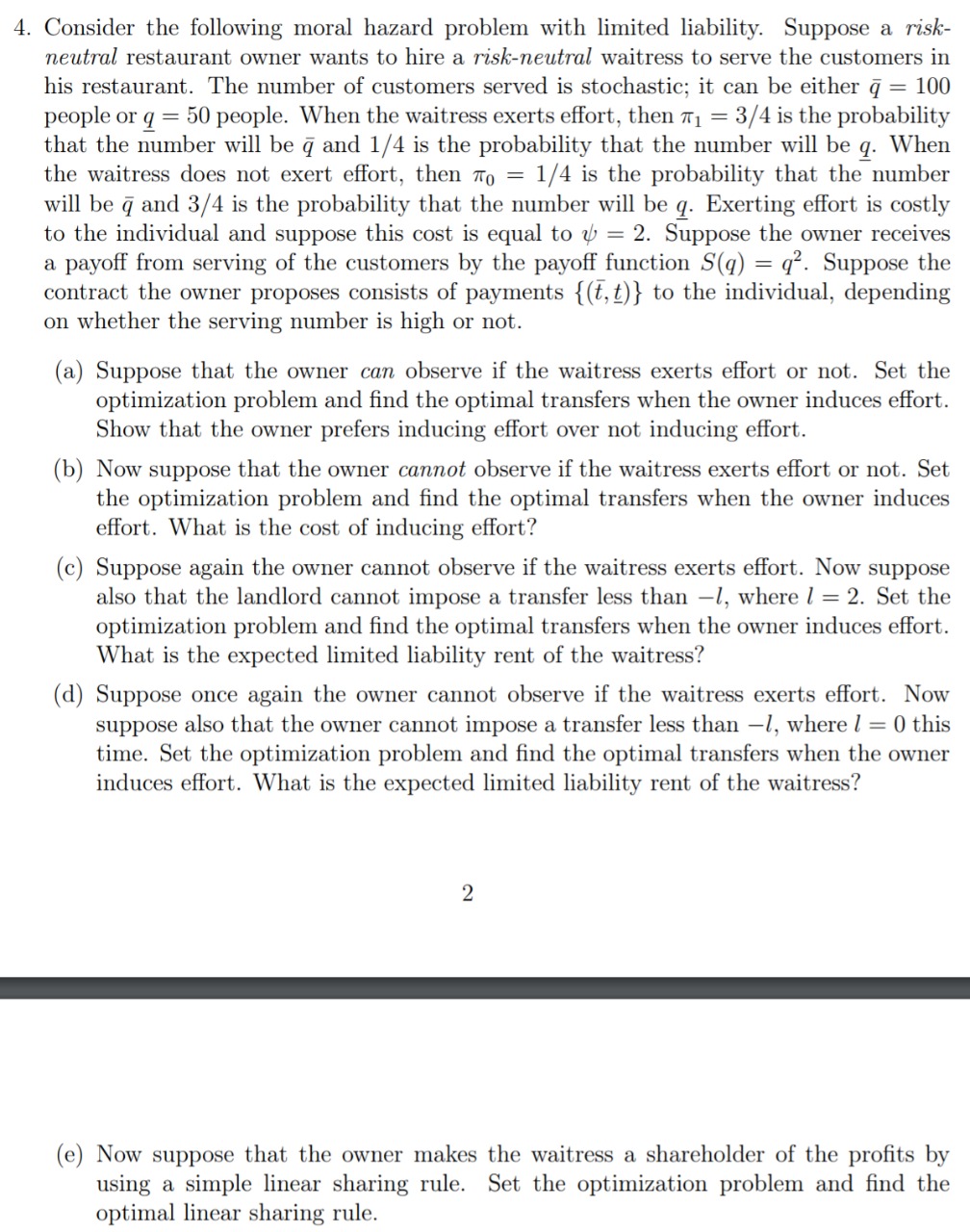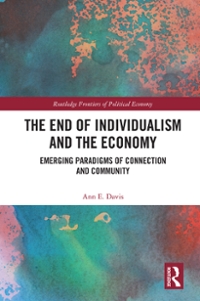Question
EXplain the following problems with good e.xplanations. Suppose you have access to the following bond data. One year zero coupon bond, priced at 98, face
EXplain the following problems with good e.xplanations.
Suppose you have access to the following bond data.
One year zero coupon bond, priced at 98, face value 100. Two year coupon bond, priced at 97. Annual coupons are $2, delivered at end of year. Three year coupon bond, priced at 96. Annual coupons are $3, delivered at the end of the year.
1. What is the coupon rate on the two-year coupon bond?
2. What is the current yield on the three-year coupon bond?
3. What is the yield-to-maturity of the three-year coupon bond?
4. Extract one year, two year, and three year spot rates from the bond data.
5. Using the spot rates, calculate the present value of $35 received in one year and $35 received in two years.
6. Using the spot rates, calculate the rate I should be able to lock in for a one year loan starting one year from now. Suppose now that you are a life insurance company projecting to pay benefits of $40 per year for the next 10 years to your policyholders. You are operating in an economy where the term structure of interest rates is completely flat at 4%, so that all spot rates are 4%.
7. Calculate the present value of your benefit obligations.
8. Calculate the duration of your benefit obligations.
9. Given your calculation above, if you were choosing a single type of bond from 1-year, 2-year, 3-year, 4-year, 5-year, 6-year, 7-year, 8-year, 9-year, and 10-year zero coupon bonds, which would serve you best from the perspective of asset-liability matching? In other words, if interest rates were to change, which bond's price would move most closely with the present value of your obligations?
10. Calculate the percentage change in the value of your obligations if the interest rate were to drop from 4.0% to 3.9%.
11. Calculate the percentage change in the value of the bond you identified in (9) if the interest rate were to drop from 4.0% to 3.9%.
12. Calculate the percentage change in the value of a 1-year zero coupon bond if the interest rate were to drop from 4.0% to 3.9%.
13. (EXTRA CREDIT) If you were allowed to invest in more than one type of bond, could you provide a better match to your benefit obligations than you found in (9)? Propose a mix of bonds that would provide a better match, and verify that the percentage change in the value of the mix would more closely match the percentage change in obligation value in the interest rate scenario used in (10) through (12).

Step by Step Solution
There are 3 Steps involved in it
Step: 1

Get Instant Access to Expert-Tailored Solutions
See step-by-step solutions with expert insights and AI powered tools for academic success
Step: 2

Step: 3

Ace Your Homework with AI
Get the answers you need in no time with our AI-driven, step-by-step assistance
Get Started


